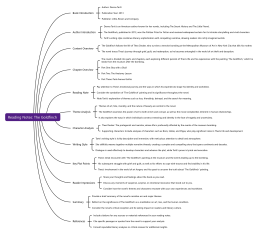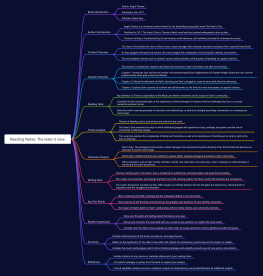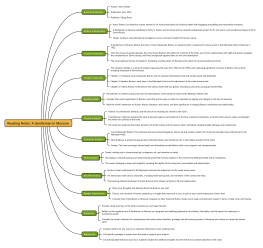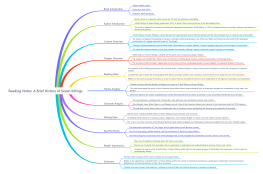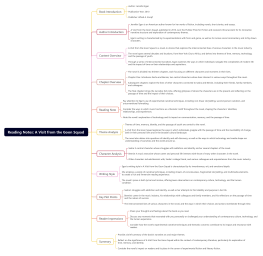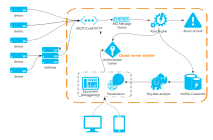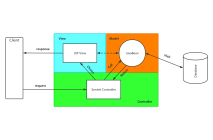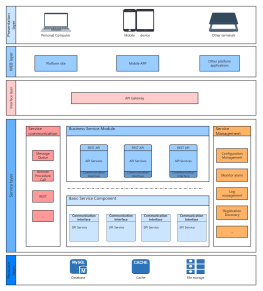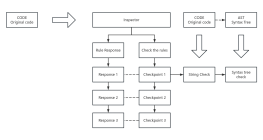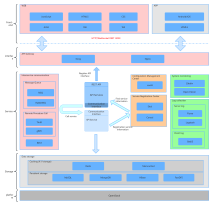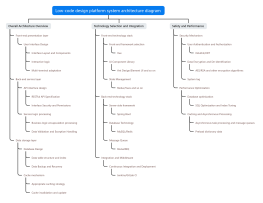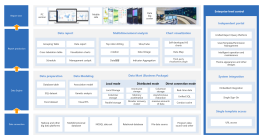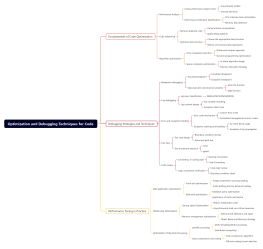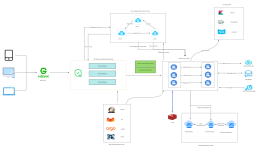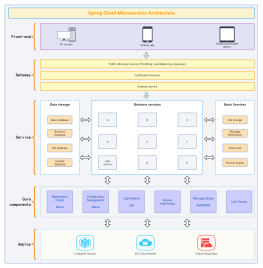Robust Code Architecture Pattern
2024-07-08 15:14:38 1 Report
Login to view full content
Other creations by the author
Outline/Content
Introduction
Purpose
Define the purpose of the code architecture pattern and its importance in building robust software.
Overview
Provide a brief overview of the key principles and goals of the chosen architecture pattern.
Modularity
Separation of Concerns
Discuss the importance of separating different concerns within the codebase, such as presentation, business logic, and data access.
Componentization
Explain how the codebase can be divided into reusable and interchangeable components to promote modularity.
Dependency Management
Discuss strategies for managing dependencies between different components to minimize coupling.
Scalability
Horizontal Scalability
Discuss how the architecture pattern supports horizontal scalability to handle increased load by adding more instances of components.
Vertical Scalability
Discuss strategies for vertically scaling individual components to meet performance requirements.
Load Balancing
Explain how load balancing can be implemented to distribute incoming requests evenly across multiple instances of components.
Maintainability
Code Readability
Discuss the importance of writing clean, readable, and self-explanatory code to facilitate maintenance.
Documentation
Emphasize the need for comprehensive documentation to aid understanding and maintenance of the codebase.
Consistency
Discuss the importance of maintaining consistency in coding style, naming conventions, and architectural patterns.
Testability
Unit Testing
Discuss strategies for writing unit tests to verify the functionality of individual components in isolation.
Integration Testing
Discuss strategies for writing integration tests to verify the interactions between different components.
Mocking and Stubbing
Explain how mocking and stubbing techniques can be used to isolate components during testing.
Patterns
MVC (Model-View-Controller)
Explain the MVC pattern and how it separates the application into three interconnected components.
MVVM (Model-View-ViewModel)
Explain the MVVM pattern and how it separates the user interface logic from the business logic.
Layered Architecture
Discuss the layered architecture pattern and how it organizes code into horizontal layers based on functionality.
Microservices
Discuss the microservices architecture pattern and how it decomposes the application into small, independent services.
Conclusion
Summary
Summarize the key points of the code architecture pattern.
Best Practices
Highlight best practices for implementing and maintaining the chosen architecture pattern.

0 Comments
Next page
Recommended for you
More
